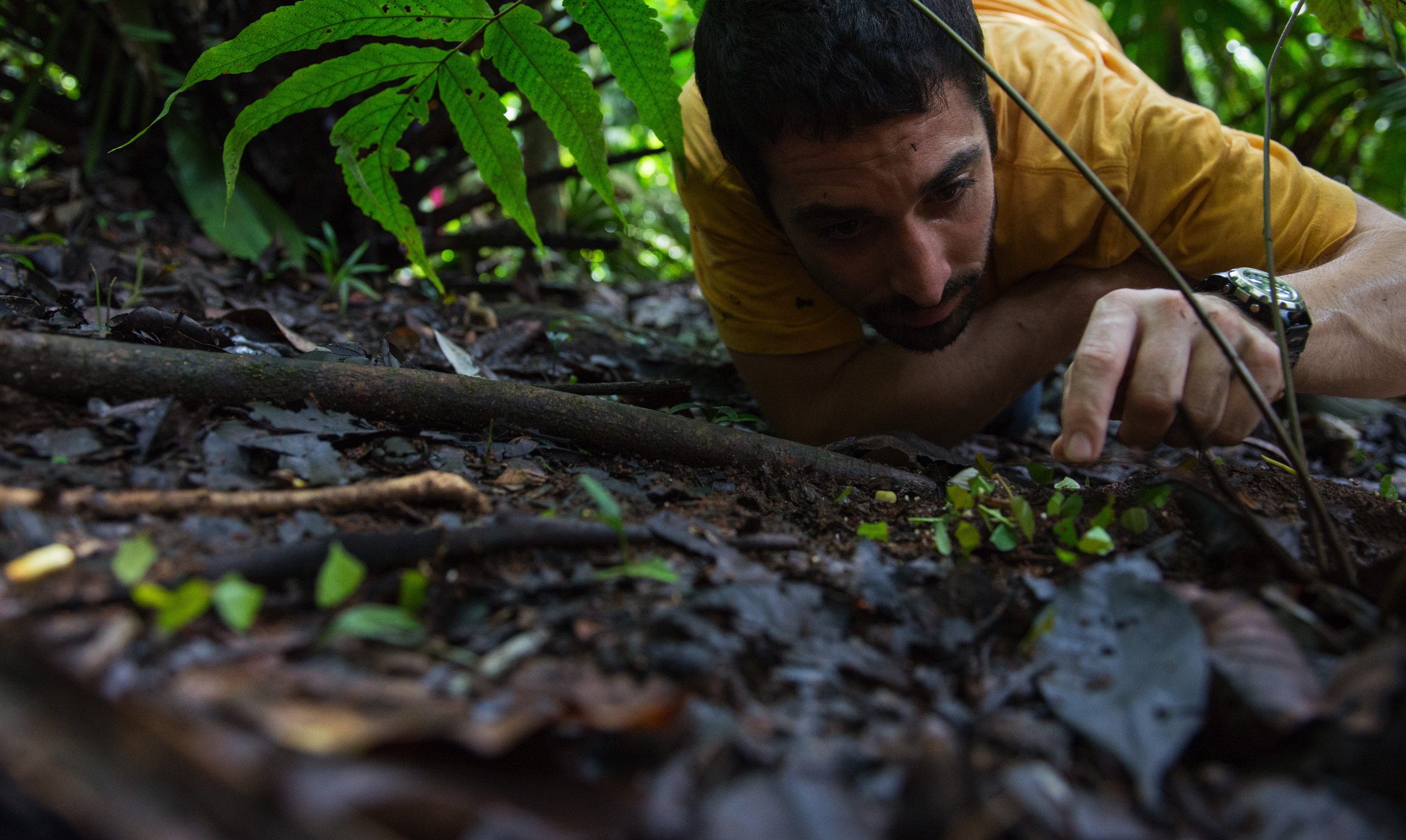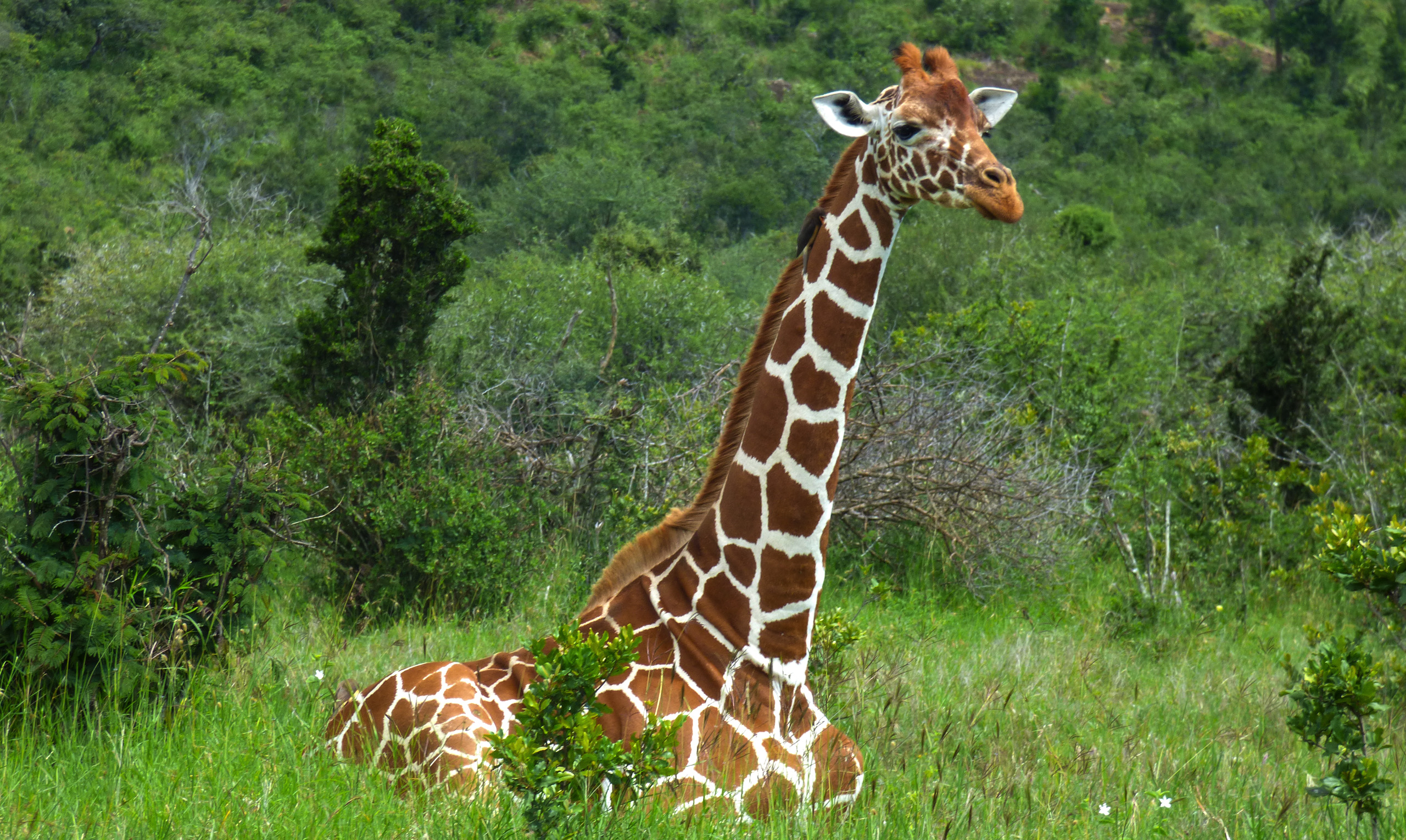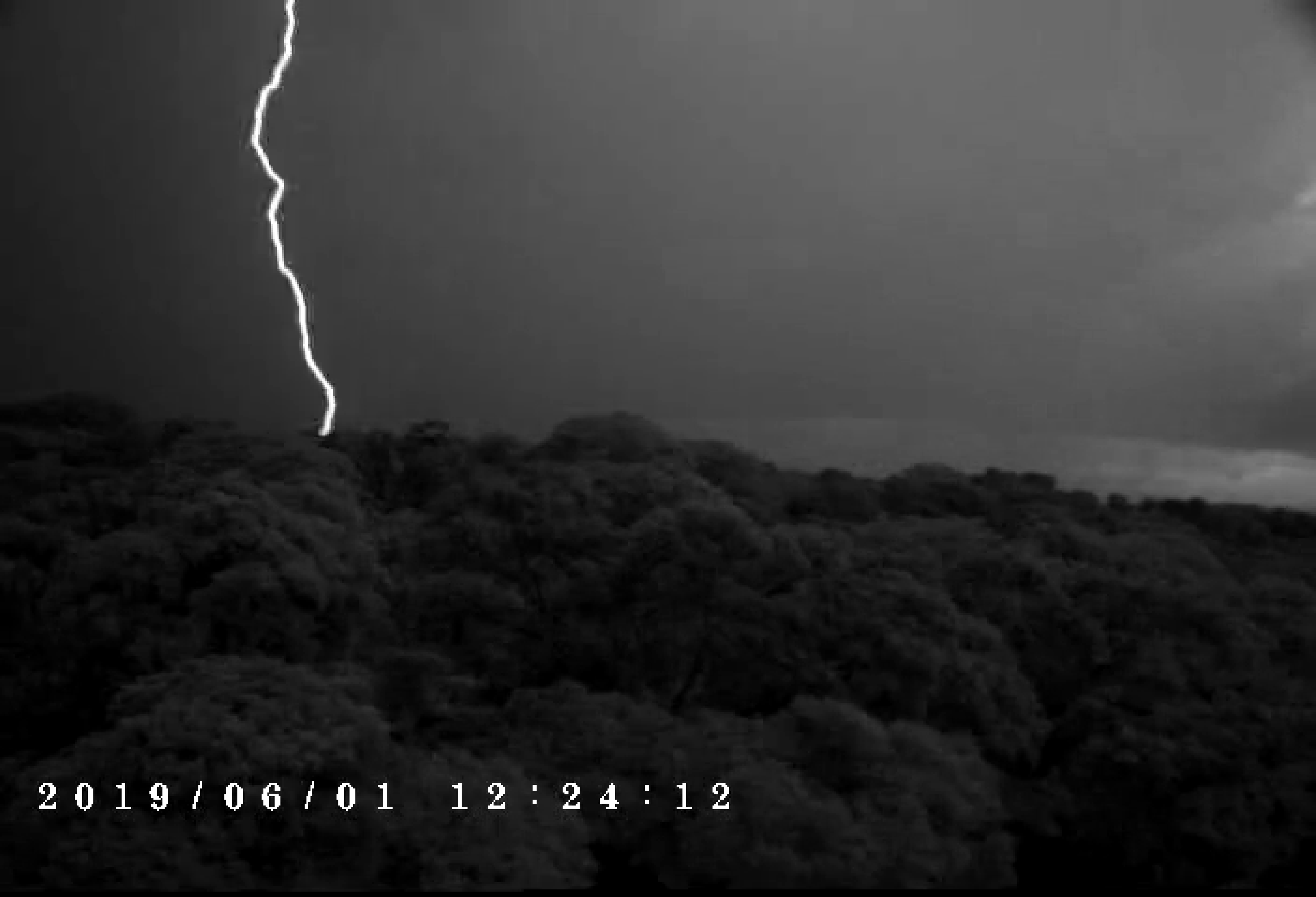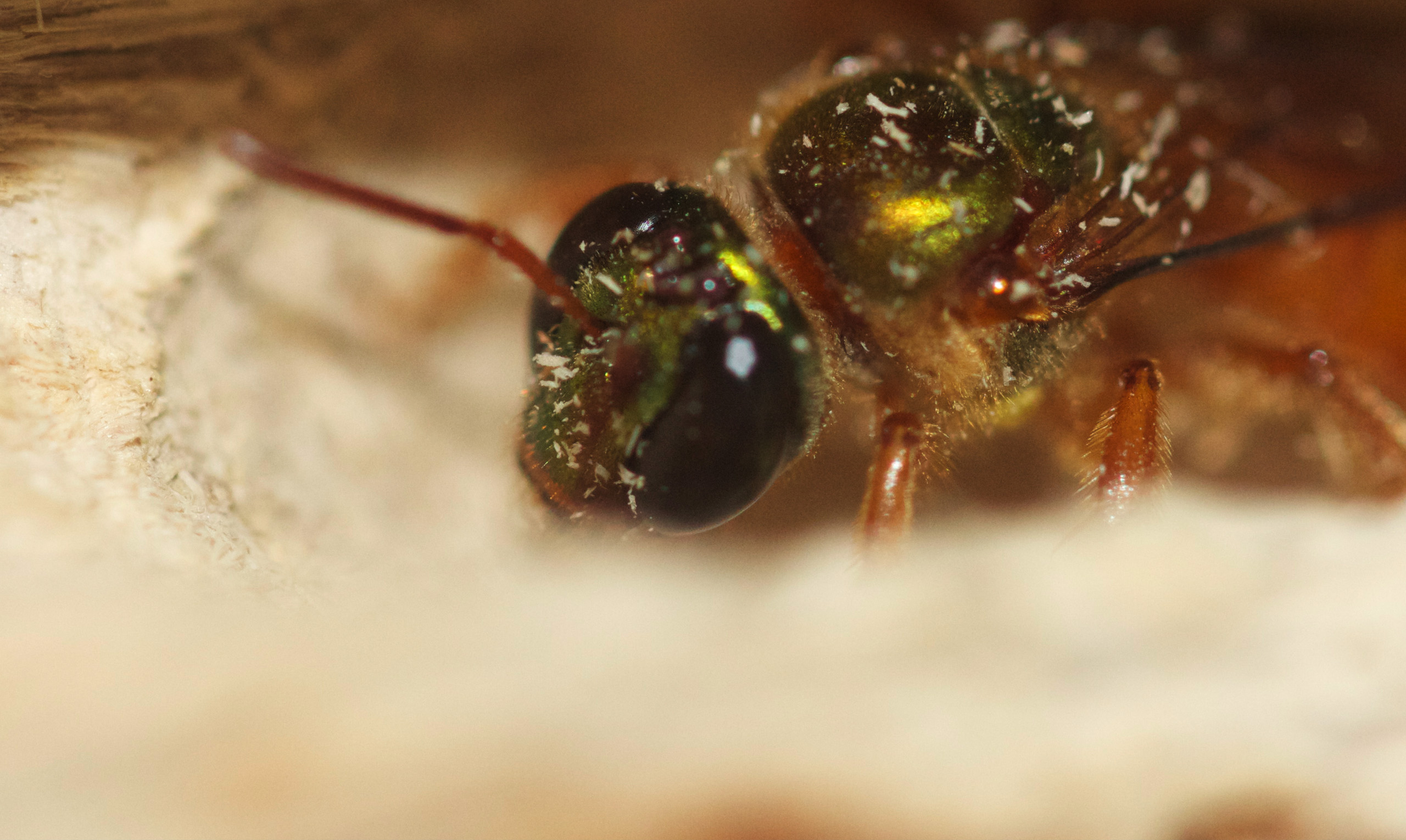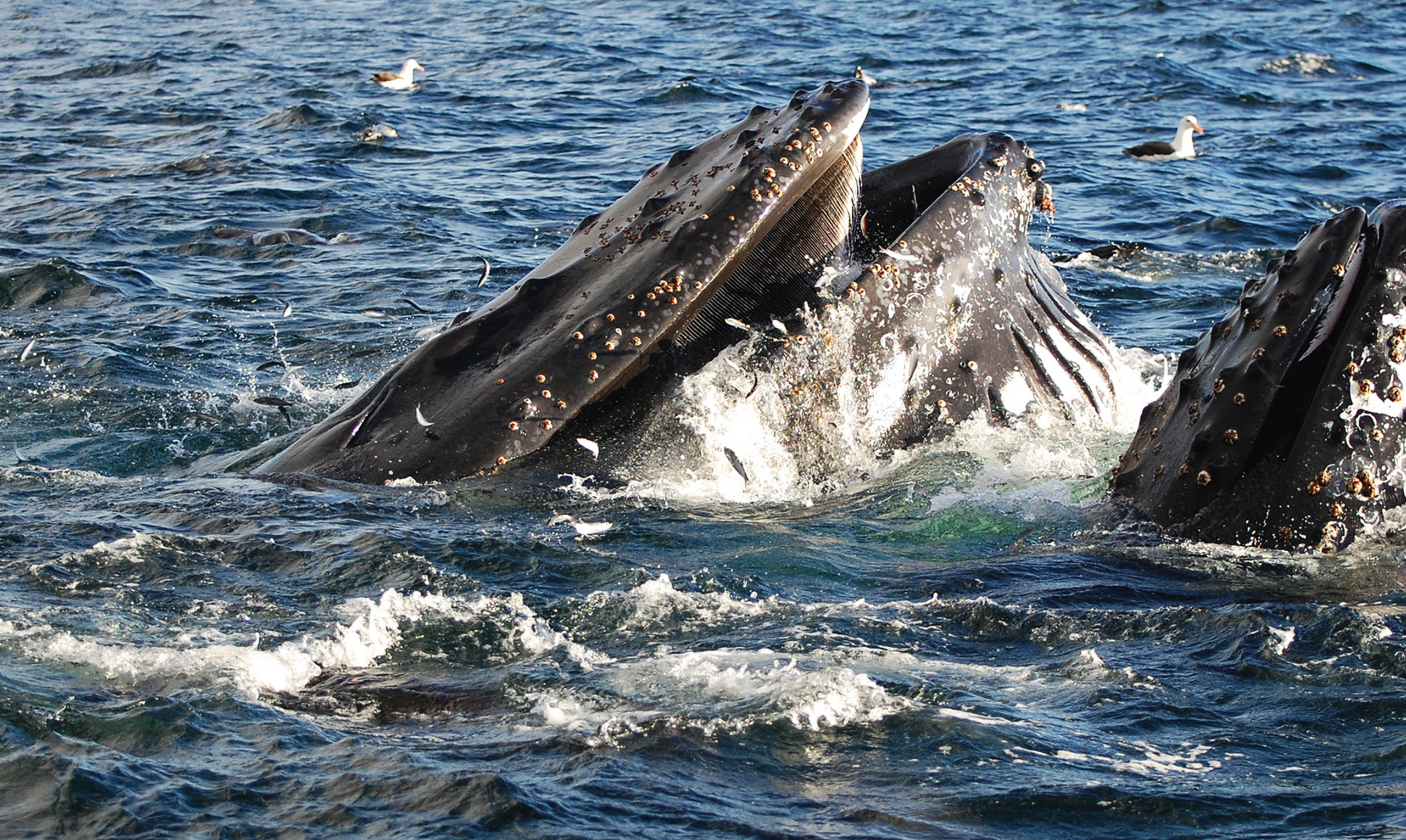Canal grass
Smithsonian scientist clears
up Panamanian urban legend
How did canal grass arrive in Panama? STRI staff scientist Kristin Saltonstall compared the DNA of sugar cane relatives from around the world to find out.
Invasion Biology Historical Ecology Taxonomy Botany Biodiversity Origins of Species and Societies Naos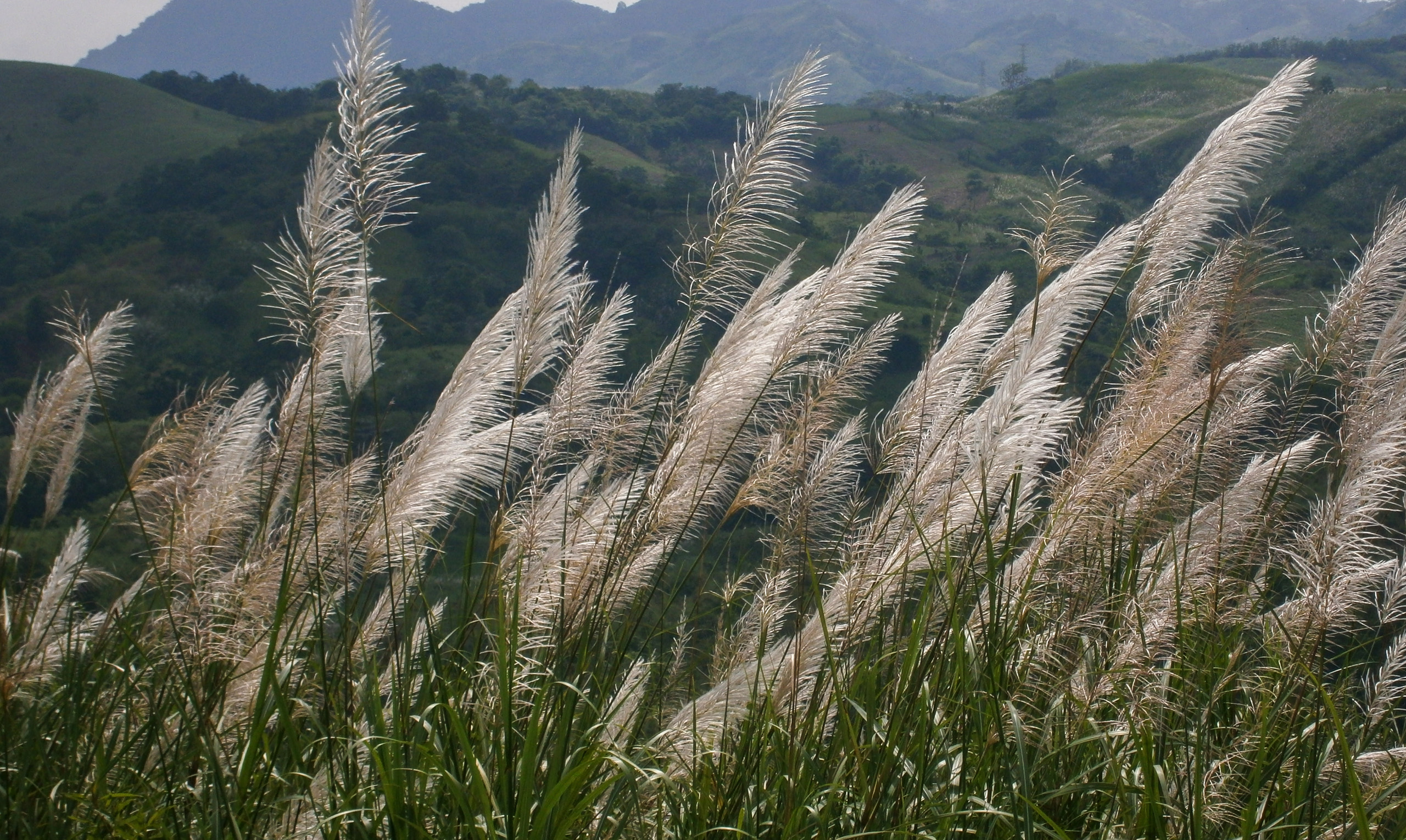 brown
Kristin Saltonstall
brown
Kristin SaltonstallCanal
grass



